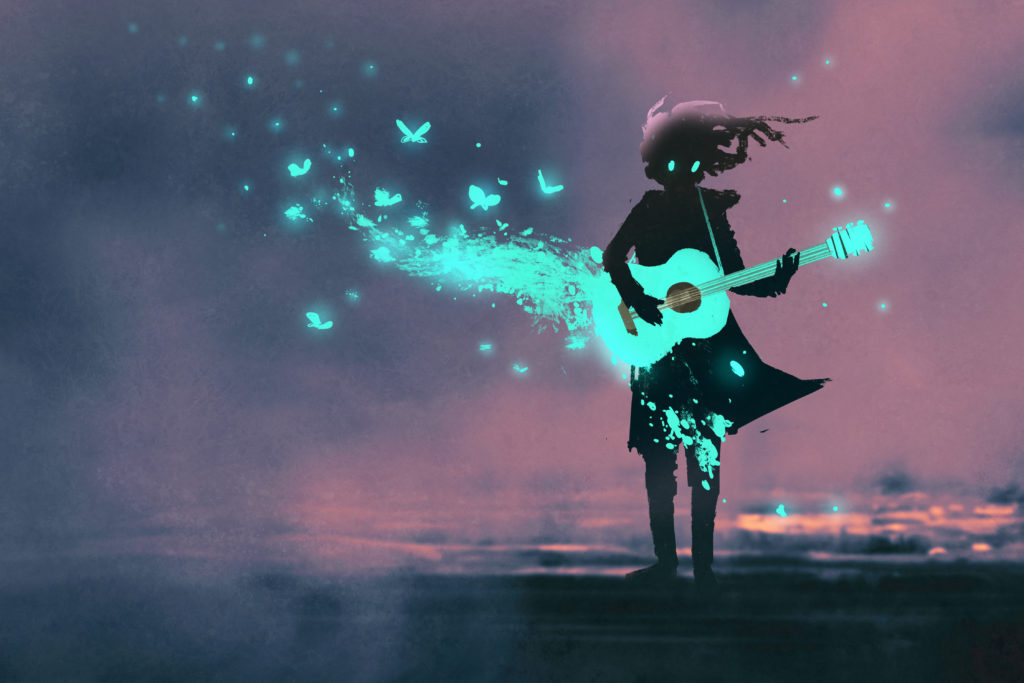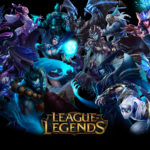RPGs are one of the greatest ideas of the 20th century, because let’s face it: as much as we want to, most of us will never be a ninja wizard martial artist, no matter how many beginner karate classes we take. So being able to choose a class that fits our personality is a great substitute. There are a ton of RPGs out there, but the character classes are usually similar. So let’s take a look at some of the standard RPG classes.
Fighter/ Warrior/ Soldier
The Fighter, believe it or not, is usually the most physically strong of all the class groups. This class usually specializes in melee attacks, whether with weapons or just plain old fists. This class generally has the best armor, and is the most skilled with the largest weapons. High HP, attack, and defense scores are a usually characteristic of the Fighter class. This class is usually utilized by players who favor a hack and slash style gameplay. Picture Arnold Schwarzenegger in Conan the Barbarian.
Subclasses in this category can include Paladins/ Knights, which are just like the Fighter, except generally on the law abiding side. Paladins and Knights are usually on the side of good, and are a good choice for the players who value justice and the law over all.
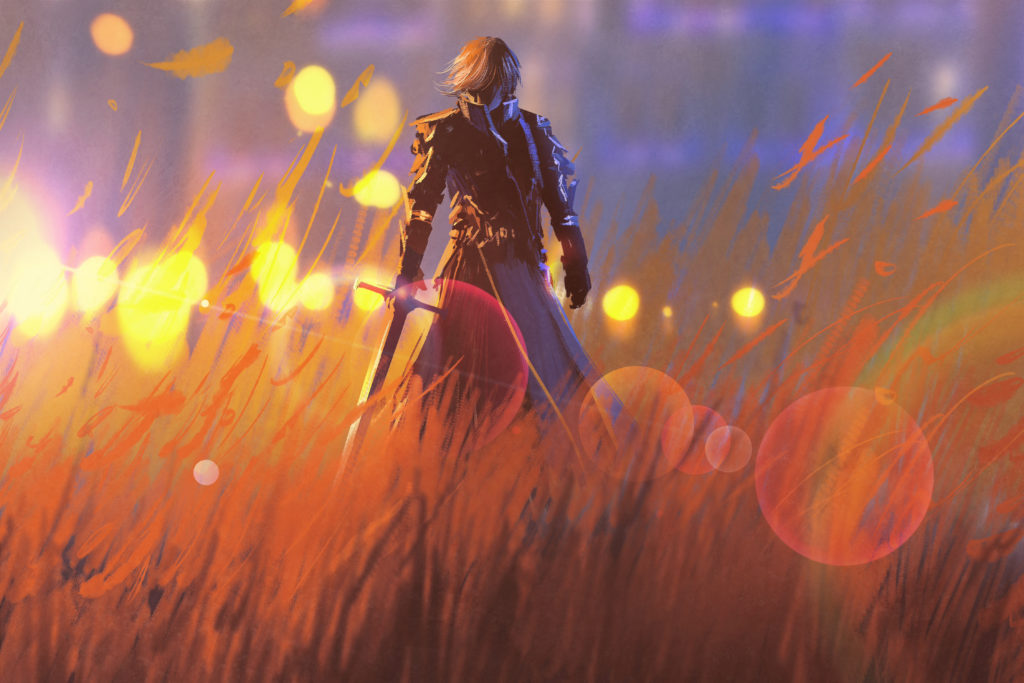
Assassin/ Ninja
The Assassin class forgoes raw strength in favor of a more subtle approach. Assassins generally have higher skill sets in the areas of stealth, sneaking, and smaller, quicker weapons. Assassins are also usually the best thieves of any class, and have no trouble finding places to hide. The Ninja class also usually begins with lower defensive stats than other classes, but offset that by being higher rated in lock picking, sneak attacks, and speed. The Assassin class is best utilized by players who prefer a more cautious, yet chaotic, style of gameplay. Or just someone who doesn’t like being seen while committing the wide array of felonies that video games can offer. If you see yourself as more of a Bruce Lee, this is probably your go-to class.
Subclasses for the Assassin role could include the Monk, who typically specializes in martial arts over other skill sets.

Mage/ Wizard
This class is the magical member of the group. The most skilled in the arcane arts, Mages are generally typified by their lack of traditional weaponry, foregoing steel in favor of fire, ice, and other spell use. Mages usually wear the weakest of armor, many times clad in nothing but robes, but can also cast shield, healing, and regeneration spells. Mages also usually do their damage from long range, as opposed to close quarters, where they’re usually susceptible to damage. Think Gandalf from Lord of the Rings.
Subclasses for the Mage are varied and diverse, including Clerics/Priests/Enchanters, Necromancers/Shadowknights, Summoners, and Blue Mage/Jack-of-all-Trades which I’ll touch on later.
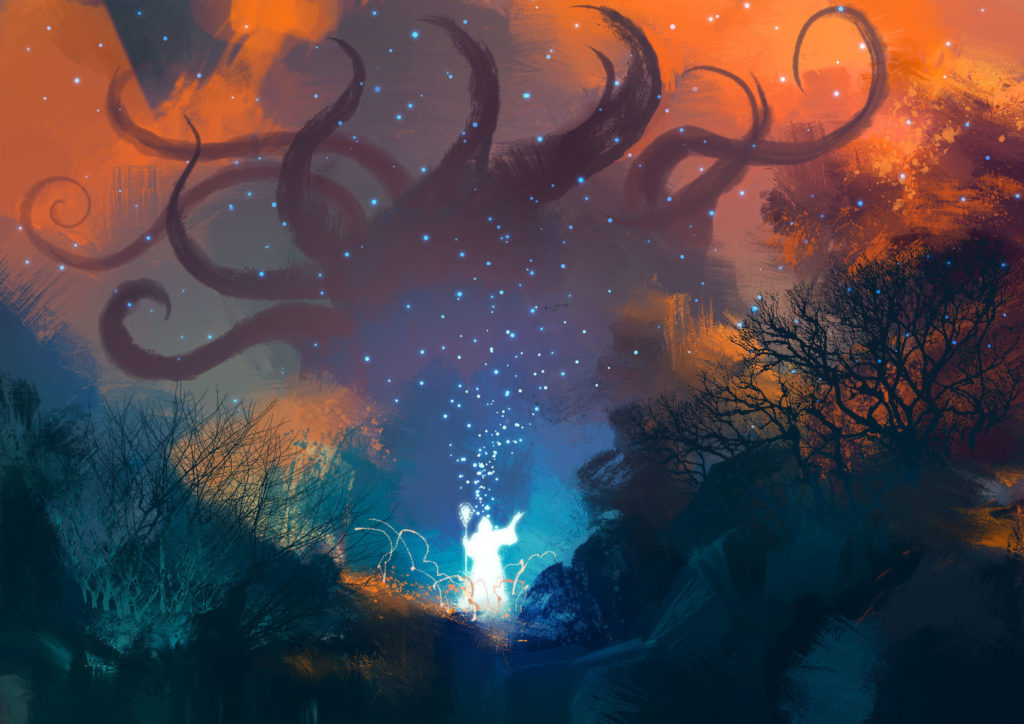
Archer/ Hunter/ Ranger
It’s not tough to imagine what the Archer is good at. The Archer class is typically a woodsman style character, skilled with a bow and arrow. This character set is also typically the most likely of the character classes to have a companion, such as a dog or other beast. While Archers are most reliant on their incredible long-range skill to inflict damage, they can also be useful at close range, as most have some skill with short-range weapons. This character set is a good choice for the aspiring Robin Hood.

Berserker
The Berserker class favors might above all else, including safety. In lore across many universes, this rpg character exists as a behemoth that employs focused rage as a method of delivering devastating blows. To use this anger effectively, they’ve usually undergone some extensive battle training or are ridiculously experienced in war. Descending from Norse mythology, the Berserker was rumored to be able to shapeshift into a bear at-will to defeat its enemies. They were respected, but also appropriately feared. Modern rpg roles put this class in a glass-cannon position. What that means, is that the Berserker is designed to get up close, quickly, and deal as much insane burst damage as possible with moderate sustained damage in between. They’re often seen on the front lines with their fighter cousins. Unfortunately for the Berserker, they are often clad in leather/mail armor suiting a squishier class type. Their HP growth stats are often much higher to compensate for the necessity of close range, but weakness of armor class. Always near the top of the damage charts for melee classes, the Berserker excels in supporting a main tank in burning a single target. Some iterations of the Berserker have tremendous wave/add clear or specialize in striking an entire row of enemies. Think Hulk Hogan tearing off his shirt and soaring through the air majestically, only to land with a thud on some other guy we don’t care about. That’s a Berserker.
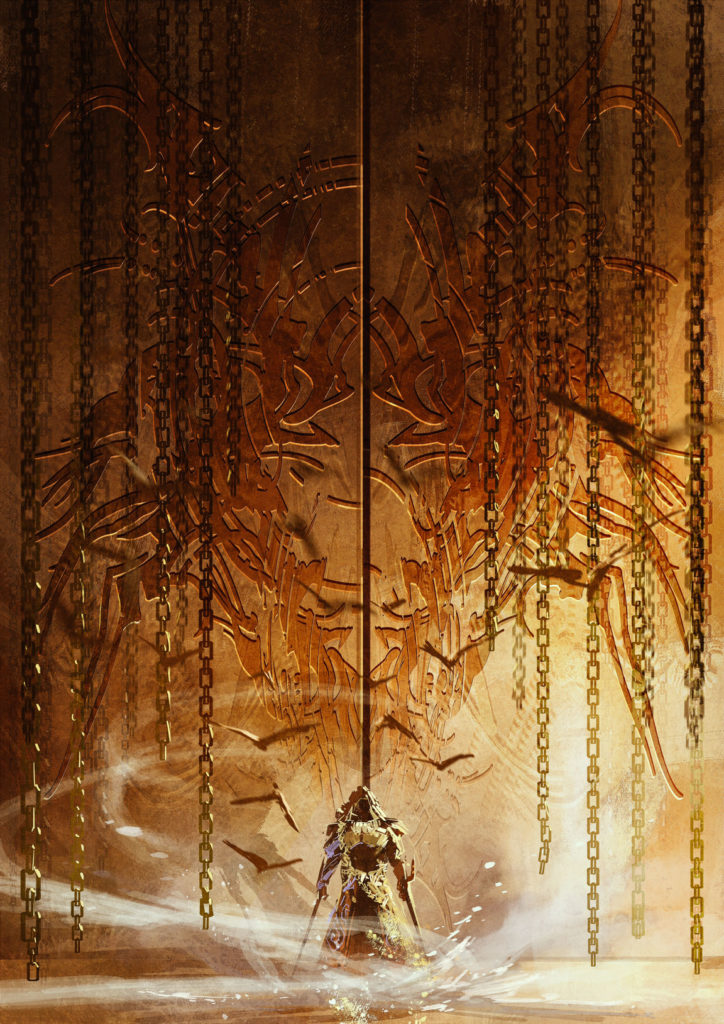
Cleric/Priest/Enchanter
This rpg class doesn’t get anywhere near the recognition it deserves. The type of player that picks and levels a Cleric type is the very definition of morally sound. These people should be worshipped as gods by all of the lesser DPS types. While technically a subclass of mage, they are critical to a diverse party. Many games, especially older jrps, place a lot of the Cleric into a healer. This was always an issue because Cleric specialize buffing, de-buffing, cleansing, crowd control, and mesmerize (a form of long term mob group control). Often, the decision between healing and buffing was fight altering. Realizing this, game developers created an entire role dedicated to individuals wanting to be the best people alive. Healers and tanks always get the credit, but the real heroes are the ones turning hard mode into My Little Pony: Friendship is Magic. Just how useful are they? They often are kitted with spells that alter weapon elements for the party, or mitigation spells/shields that prevent massive decimates. A good Clericcan single-handedly turn a fight around, in almost any game they exist in.

Necromancer/Shadowknight
This subclass, descending from a mage and warrior respectively, is dedicated to the blight and death arts. In games where they have their own unique identities, these classes excel at spreading disease and debuffs, while also contributing respectable DPS numbers. Necromancers often rely on similar stats to mages and play from roughly the same distances. They use spells of plague and disease to apply DoT (damage over time) and supplement the burst damage in the team. They also typically have a host of minions and undead to reanimate as servants. This helps them maintain their own aggro and add some extra DPS to the team. Shadowknights, by contrast, often revel in trading plague strikes with their enemies up close. Like Paladins, they can serve as off-tanks and offer a mixed damage type to better serve enemies with heavy resistances. In some games, they sit in similar positions as Necromancers when it comes to reanimating allies. In these cases, it’s important to note that the reanimated allies from a Shadowknight generally aren’t full-sized pets, but rather an assortment of minions. When picturing what one of these people might look like, it’s important to understand that they’re killing all your friends and literally raising them back to beat you to death. They have no shame.
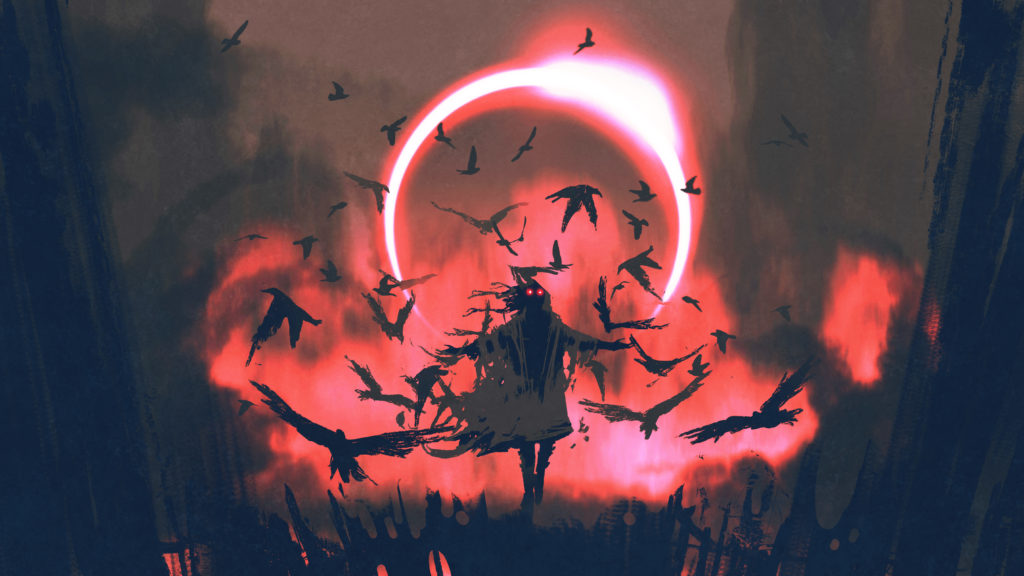
Summoner
Yes, there are quite a lot of classes that are offshoots of the typical mage, with the Summoner being yet another. A lot of classic jrpgs have this class as a prominent member of the party. A Summoner, while usually a mage-type, can be any kind of secondary class for moderate damage/aid. A Summoner class serves one general purpose: nuke it all. As far as most rpg job classes go, this one does the most damage at once. Usually, because of this, the act of summoning has prerequisites that must be met to use the magic. For example, in Final Fantasy IX, and other games in that series, the player must find the summonable creatures and convince them, fight them, or bribe them into working with the party. The amount of summon creatures varies from title to title, but often have a considerable number of types/elements to aid in strategy. If a burning building were on fire, these are the characters you’d call to summon a massive Leviathan water-beast to drown the block. You know, just to be safe, it’s been a dry year. The summoning skill will usually be very expensive to invest into or to cast. This is obviously a balance tool. I mean, you can’t exactly throw a Molotov cocktail through your neighbor’s kitchen window because they take too long to mow their lawn, can you?
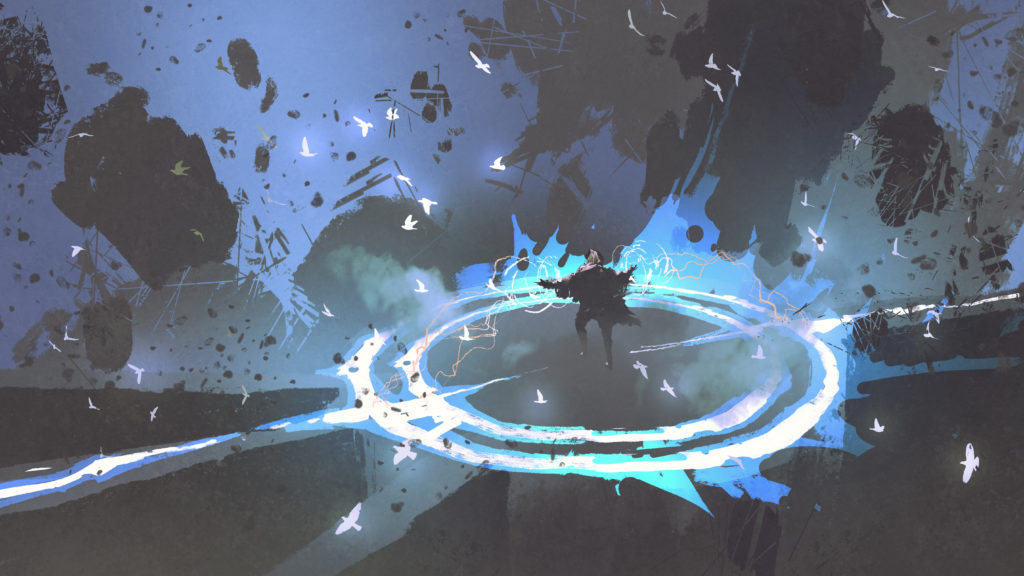
Dancer/Bard
The Dancer rpg class is extremely popular within the realm of tactical overhead rpgs, like the Fire Emblem series. The Dancer and Bard classes often function like an enchanter. As their names suggest, they often function by using certain dances or playing certain instruments that perform various effects . For example, a dance or a song may raise allies attack and lower enemy defense. Some abilities will apply minimal damage and heal allies, and some will provide elemental effects. The important thing to realize about these classes is that they typically do very little damage. They’re a strategic tool, equipped with weak cloth armors and low stats, designed to get the party an upper hand quickly. Dancers can also be quite the eye-candy for all you waifu hunters out there. While some may not consider the Dancer or Bard a standard rpg class, it is important to identify them within that space. They do pop up fairly often and many players are left not knowing how to properly utilize them.
Dragoon/Lancer
This class/job goes back almost as far as the entire genre. It has existed in so many forms that it felt shameful not to include it. Another distant cousin (twice-removed) of the warrior, the Dragoon/Lancer, is a class that specializes in using pole-type arms. They’re often associated with dragons, hence the name, whether slaying or riding. They are unique because in most rpgs they are tremendously overpowered. Equipped with sturdy, heavy armor and incredible base/growth stats, they can serve as a primary tank, primary DPS, and offer elemental attacks. Generally, they come with some form of stat debuff in their kit as well, though it usually gets outclassed by the mid game. Dragoons and Lancers, in addition to the standard class equipment and kits, have a unique skill set that pertain to the individual game world. In the case of Final Fantasy games, they come with Jump or varieties of it. Jump sacrifices a turn (or small amount of time equivalent to an active time turn) to remove the Dragoon/Lancer from harm’s way. Then, after the turn or time completes, the Dragoon reenters the scene doing a large amount of damage. These skills are often extremely hard to balance and vary with usefulness in fights. Despite this, the Dragoon class is one of the most popular rpg classes. In the PlayStation One era, an entire cult-classic game The Legend of Dragoon was released to critical acclaim. This game was based entirely on that one class. Every single party member was a Dragoon, and it was glorious.
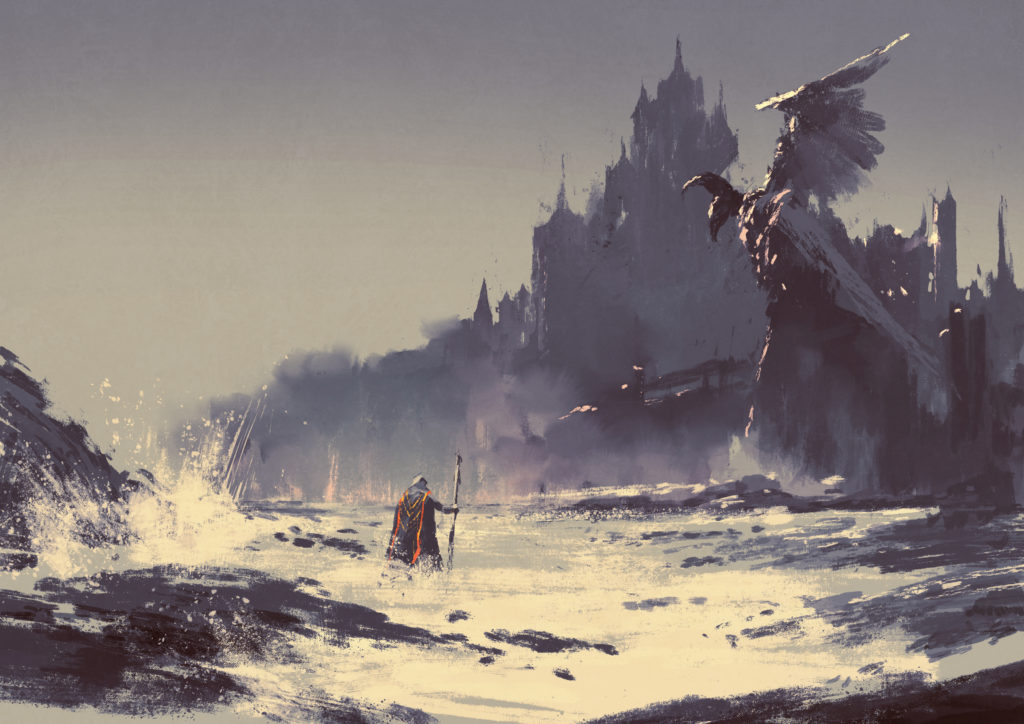
Blue Mage/Jack-of-all-Trades
My personal favorite of classes, rpgs use these to fill gaps in balance or fun. In Fable, the main villain is this class type and is cleverly named Jack of Blades. While partly a card reference, it also serves his character perfectly. The Blue Mage/Jack-of-all-Yrades has no well-defined parameters. From game to game, they have different base stats, growth stats, and weapon/armor proficiencies. In many cases, they can learn their way into any role. Blue Mages aren’t really mages, rather, they have the unique ability to learn the abilities of other allies/enemies. For example, let’s assume a certain monster in a certain area has the ability Gaze, which in many classic rpgs, paralyzes or turns allies to stone. Now, imagine learning that ability by performing a certain action on that monster. The Blue Mage character can now use Gaze on enemies. That’s how they build their combat profile. Jack-of-all-Trades types instead can simply learn a wide variety of skills/abilities and be proficient with any weapon type. These characters often do higher-than-average damage and offer a wide diversification profile to your list of party members. An interesting iteration of this type of character is fan-favorite Rikku from Final Fantasy. While technically a thief type class, her overdrive ability could make her into anything through Mix which allowed her to mix items to form, new, powerful effects. Mitigation, damage, and healing were all in her wheelhouse.
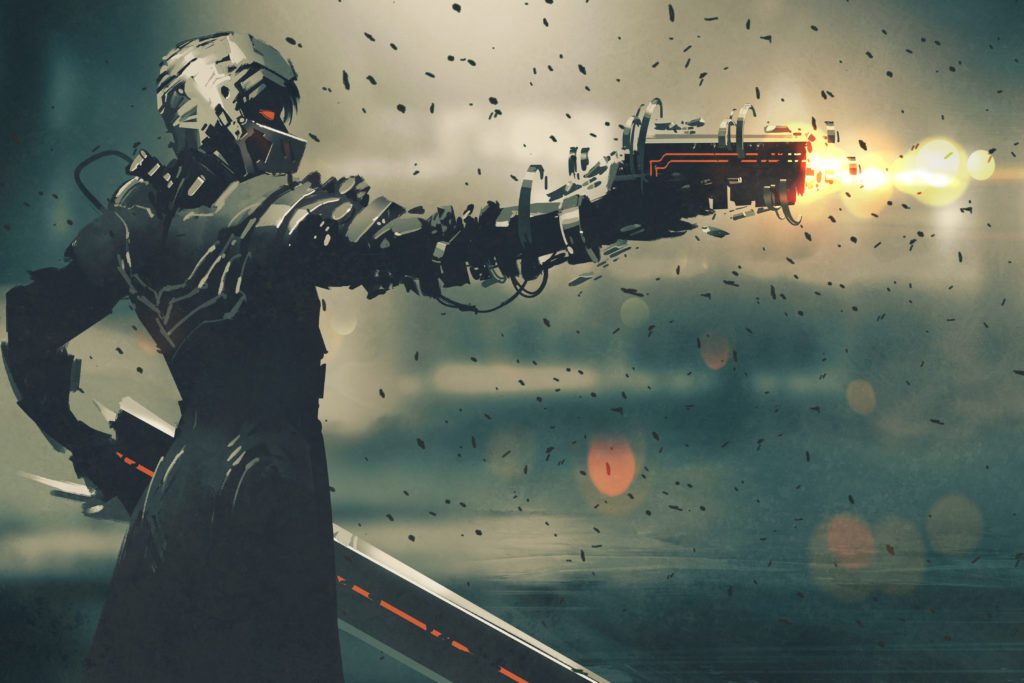
There is no wrong way to play an RPG, and half the fun is finding out which character set you enjoy the most. Want to be a knife toting, arrow-slinging wizard with low magic skills? Go for it. A Barbarian type that doesn’t believe in weaponry? Have at it. Everyone who plays probably has a little of each of these classes in them, but if you can’t be that Ice Wizard in real life, at least you can in an RPG.
What is your go-to class type? Which class do you think is the most effective?
